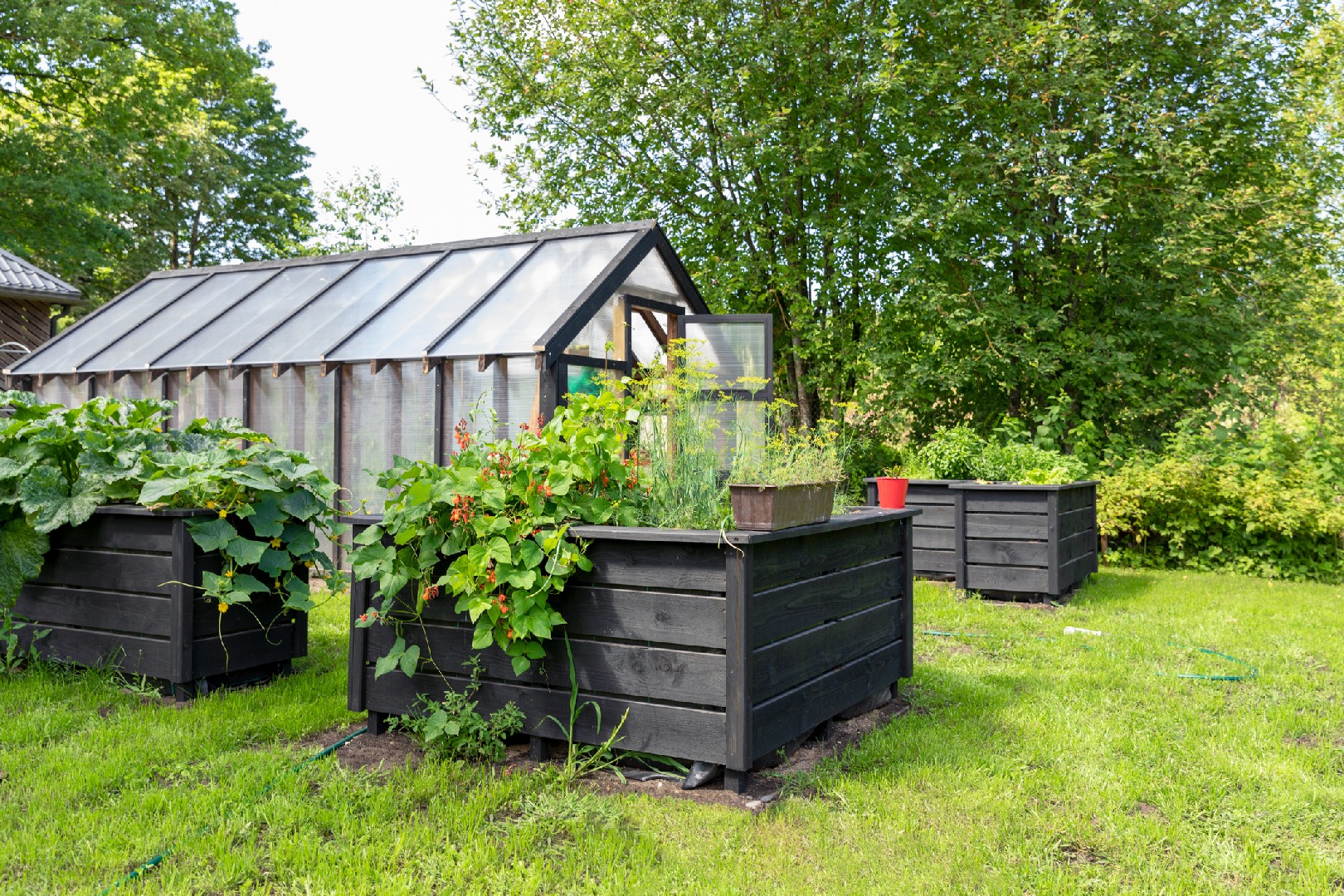![Rectangle]()
Tips and Techniques to Design an Edible Landscape
Designing an edible landscape requires a careful balance between functionality and beauty. By incorporating strategies for successful design, focusing on plants' growth habits, color, size, and seasonality, you can create a space that is not only visually appealing but also provides a bountiful harvest.
One important consideration when designing an edible landscape is to choose plants that have growth habits that suit the overall vision of your garden. For example, if you have limited space, opting for vertical gardening techniques such as trellises or espaliered fruit trees can maximize your growing area. On the other hand, if you have a larger garden, you can create beautiful pathways and designated areas by incorporating plants with spreading habits, such as strawberries or ground cover herbs.
Color and size are also crucial aspects to consider when designing an edible landscape. By selecting a variety of plants with different colors, you can create visual interest and create a vibrant atmosphere. For instance, purple or red leaf lettuce can provide a pop of color, while green and yellow vegetables like zucchini and corn can add a refreshing touch. Additionally, varying the size of the plants can add depth and dimension to your garden, with taller plants like tomatoes or corn providing a vertical element, and shorter plants like herbs and lettuces adding a lower level of interest.
Seasonality is another key factor in designing an edible landscape. By choosing a variety of plants that thrive in different seasons, you can ensure a continuous harvest throughout the year. For example, including cool-weather crops like kale and broccoli for spring and fall, and heat-loving plants like tomatoes and peppers for the summer, can provide a diverse array of fresh produce no matter the season.
Incorporating traditional landscaping elements can also enhance the overall aesthetics of your edible landscape. For instance, using ornamental grasses or flowering plants as borders or focal points can add a touch of beauty that complements the edible plants. Additionally, incorporating hardscape elements like paths, seating areas, or even a small garden shed can create a functional and visually pleasing space.
To illustrate the practical application of these design techniques, let's look at a well-designed edible landscape example. Imagine a garden with beautiful trellises covered in vibrant purple and green beans, creating a vertical green wall. Around the trellises are pathways created with colorful bricks, with aromatic herbs like lavender and rosemary planted along the edges. In the center of the garden are raised beds filled with a variety of vegetables, ranging from leafy greens to cherry tomatoes. This design not only provides a visually stunning landscape but also offers an abundance of delicious, homegrown produce.
By incorporating these tips and techniques into your own edible landscape design, you can create a functional and beautiful space that brings joy to both your eyes and your taste buds. Whether you have a small patio or a large backyard, there are endless possibilities to merge function and beauty in your garden.





